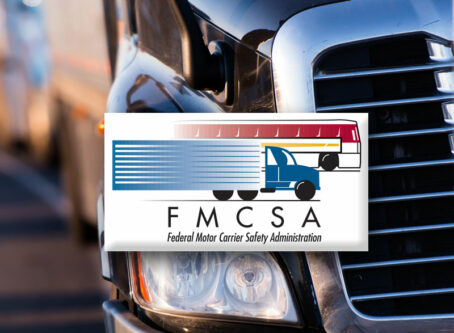Pandemic sparked ‘aggressive’ driving culture, FMCSA official says
KANSAS CITY, Mo. – When shutdowns from the COVID-19 pandemic started in March 2020, fewer vehicles traveled the roads. However, the data suggests that aggressive driving and recklessness increased dramatically among the passenger vehicles that remained.
Even worse, according to an FMCSA official, that aggressive driving and recklessness continued after the number of vehicles on the road returned to pre-pandemic levels.
“Overall traffic went down in the beginning, but the aggressiveness of drivers in general, especially among passenger vehicle drivers, went up dramatically,” said Darrell Ruban, associate administrator for FMCSA’s Office of Safety. “I’ve heard that from every state. With that behavior, the culture shifted a little bit, because people had more open road.
“Then over time, traffic starts coming back. But guess what? The culture and behavior did not change. That’s what I’ve heard around the country. That’s what I’ve seen on accident reports. So when I use the term ‘culture,’ we’ve got a daunting task ahead of us in changing the culture, especially among passenger vehicles.”
Ruban’s comments came at the Midwest Commercial Vehicle Safety Summit on Wednesday, June 1. The inaugural two-day summit brings together federal agencies, industry, enforcement, engineers, university researchers, insurance companies and other interested parties with the goal of increasing commercial motor vehicle safety in the Midwest.
His words also come on the heels of a report from the National Highway Safety Traffic Administration that projects overall traffic fatalities increased by 10.5% in 2021.
NHTSA estimates nearly 43,000 people were killed in motor vehicle crashes last year, up from nearly 39,000 in 2020. Specific to large trucks, fatal crashes involving at least one truck went up 13%.
Ruban said that 64.5% of the fatal crashes involving large trucks come from Class A tractor-trailers. About 15% of large truck fatal crashes from Class 3 trucks weighing 10,000 to 14,000 pounds.
“Of course, Class A tractor-trailer is No. 1,” Ruban said. “It has the majority of vehicles. It does the most miles.
“The second most is Class 3 vehicles … That should alarm you to some degree. There have been a lot of conversations over the decades about (whether or not) we should even regulate them. But what’s the largest increase of fatal crashes over the last four or five years? It’s that class of vehicles.”
Ruban also mentioned efforts to decrease crashes through the agency’s Drug and Alcohol Clearinghouse, through funding from the infrastructure law passed in 2021, by improving driver retention through the administration’s Trucking Action Plan, and by decreasing distracted driving.
“We have to take action,” he said. “It’s not that we’re not already taking action, but we have the opportunity to improve safety by a number we have not seen before while traffic is increasing and the population is increasing. We have to take advantage of this opportunity to change the culture.” LL









